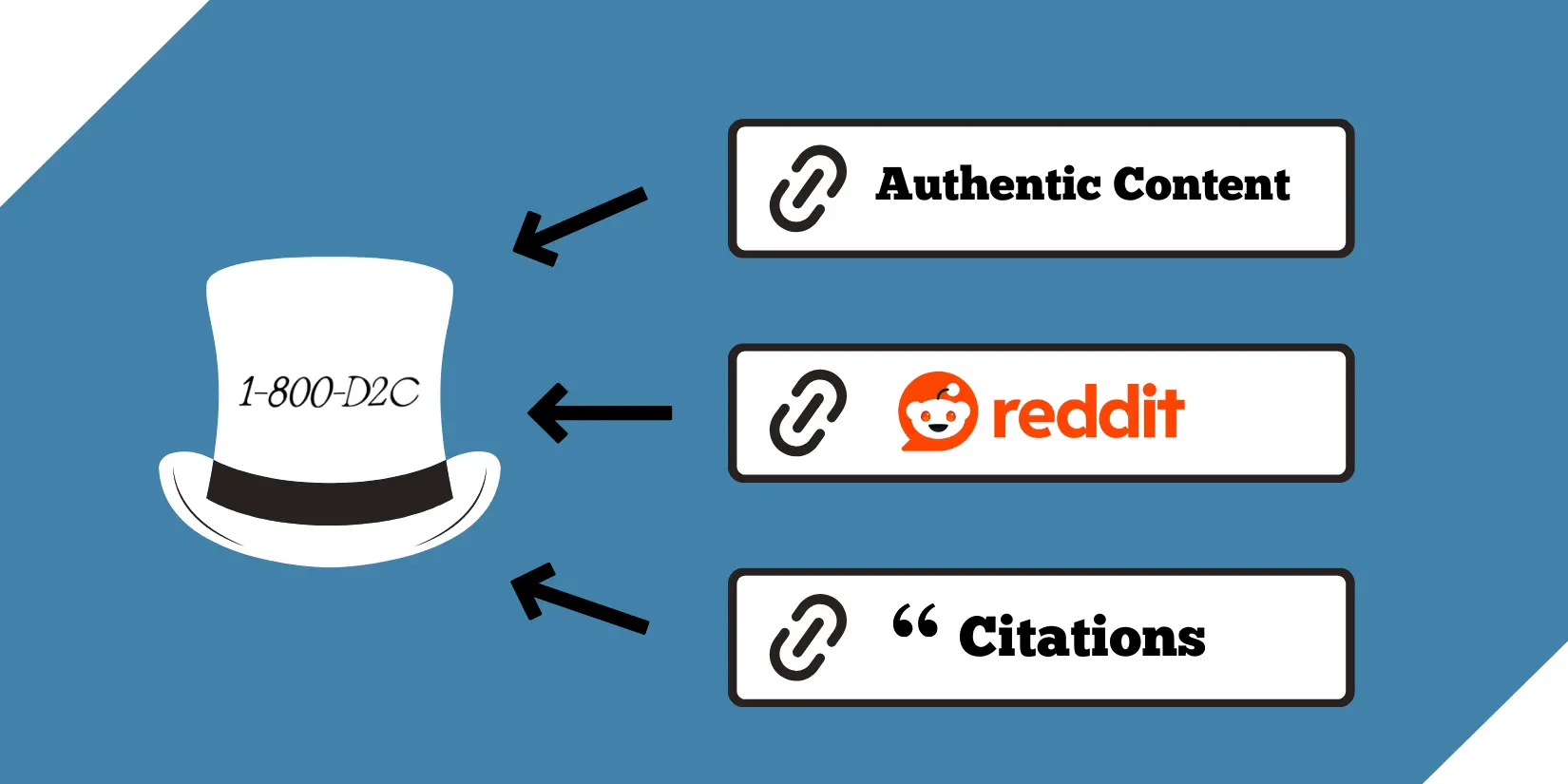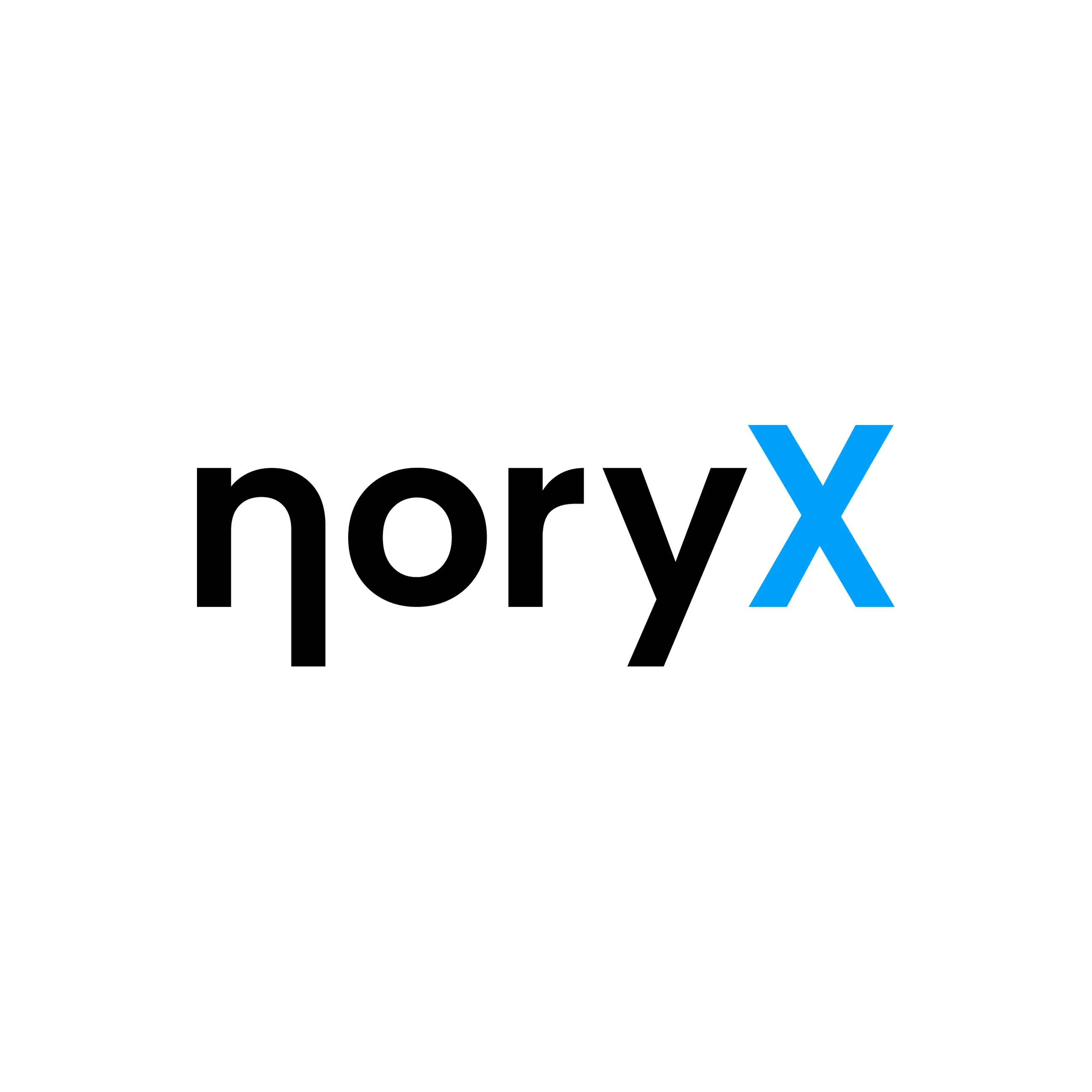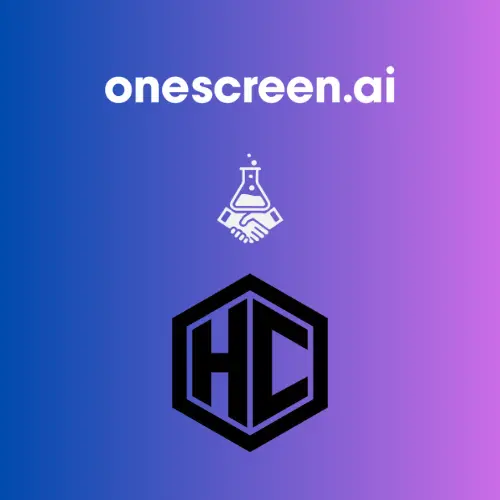
There are too many guides out there to count and all of them promise to "boost rankings," or "send you to the top of AIOs," or "position 1 rankings!" If you simply follow their backlink linking playbook. Backlinks, which are anchors from another website that link back to your domain, are a critical component of white hat SEO and a key factor in ethically and sustainably boosting your D2C brand's authority on the web.
But, how do you get them? How do you implement them safely? And how do you continuously grow your profile of diverse, referring links for your niche e-commerce business?
[cta-btn title="Build Your Brand And Become A Member" link="/membership-pricing"]
Backlinks refers to the practice of an inline hyperlink on a website (that isn't yours), which then links off of that webpage onto your website. So for example, this link here to Google's backlink best practices, is a prime example of a backlink in action. We are creating a link from 1800d2c.com to Google's document. This has now provided a healthy backlink to Google's own support forms concerning anchors from a third-party source best practices!
This SEO tool helps your website by:
A great analogy for backlinks in Google's eyes:
Imagine you're friends with everyone in the neighborhood (the world wide web and its websites), you go around your neighborhood and enter people's houses after being invited in (domains/websites), after visiting many homes, you see on their refrigerators magnets to menus (articles/resources) of a local restaurant in town (backlinks). Those multiple references you keep seeing on your neighbors refrigerators to a local restaurant look very inviting — perhaps, you'd like to order from there? Perhaps, Google would too!
That's how anchors from referring domains should operate in practice. Every time you receive a backlink, Google and your fellow neighbors begin to trust you more!
[single-inline-tool]
Backlinks are hard to get and incredibly easy to do improperly. Whatever you do, never pay for referring links in bulk, and try to never pay for them in general. Build them organically (naturally) by launching your D2C brand on the internet and across multiple platforms.
People link to your website and articles when they use your content to explain their own. Whether it's an article, video, or image, creating content that satisfies a user's query, informs the reader, and offers exceptional (new, fresh, non-AI generated) exposition, drastically increases the chances of that article, blog, or website receiving a backlink simply because it exists.
The quickest, safest, and easiest way to build link equity from other websites is to create irresistible content that other websites wish to link to in their own content.
Guest posting definitely falls into a gray hat SEO area: Paying another website to post authoritative content on their website, and within that content, you have a link going back to your e-commerce website's article or domain. While not outright spammy, there are better ways to do this:
This method of backlink building maintains authority, integrity, and builds backlinks safely.
Another fantastic method for building backlinks is finding reputable, safe directories like the one offered for listing your e-commerce web tool at 1-800-D2C. Our goal is to provide transparent, comprehensive, and holistic information regarding competitors marketing and e-commerce flow tech stacks. We can only do that by gathering unique yellow-pages like info from brands, tools, and agencies look to list with us. By building a tool profile, you help to safely build a backlink for your brand.
For most e-commerce SEOs, there is a ton of debate regarding whether or not social media and influencer platforms offer a viable outlet for backlinks. While links off of YouTube, LinkedIn, Instagram, TikTok, Reddit, and Facebook might not be followed, any brand reference anchor is a good brand reference anchor. Building these social media profiles helps to a) create a profile link back to your domain and b) offer an opportunity for soft backlinks and brand mentions.
A few notes on doing this segment the right way:
The jury is still out on whether "Soft" anchors and brand mentions across platforms offer uplift to your organic web visibility. At 1-800-D2C we believe it does help, and at the very least, it can't hurt. A soft anchor is a segment of text or comment mentioning your brand name without the anchor link. There is evidence to suggest that Google's semantic ranking algorithm can recognize this behavior and help boost the trust your e-commerce website receives.
At the end of the day, backlinks aren’t a hack, they’re a habit that needs to be ethically and appropriately integrated into the techniques for building your e-commerce website. The brands that win into 2025 and onward will be the ones that play the long game: Creating content worth linking to, earning authority through trustworthy links, and showing up on the right platforms, for the right reasons, for the right audience.
If you treat backlinks as a byproduct of building genuine value for your consumer, rather than as a shortcut to game the system and skyrocket rankings, you’ll not only grow your e-commerce brand’s visibility but also protect it from the volatility of (the extremely frequent and turbulent) algorithm updates. Build for humans first, search engines second, and the backlinks will follow —and so will your authority and trust!
[inline-cta title="Discover More With Our Resources" link="/resources"]

noryX is an AI growth companion for D2C founders and small teams. It optimizes inventory and automates marketing, enabling teams to stay agile and focus on their core product. It delivers actionable growth strategies, predicts inventory needs to avoid stockouts and overstock, and automates SEO tasks like meta tags, alt text, and content creation—saving time and boosting performance.



